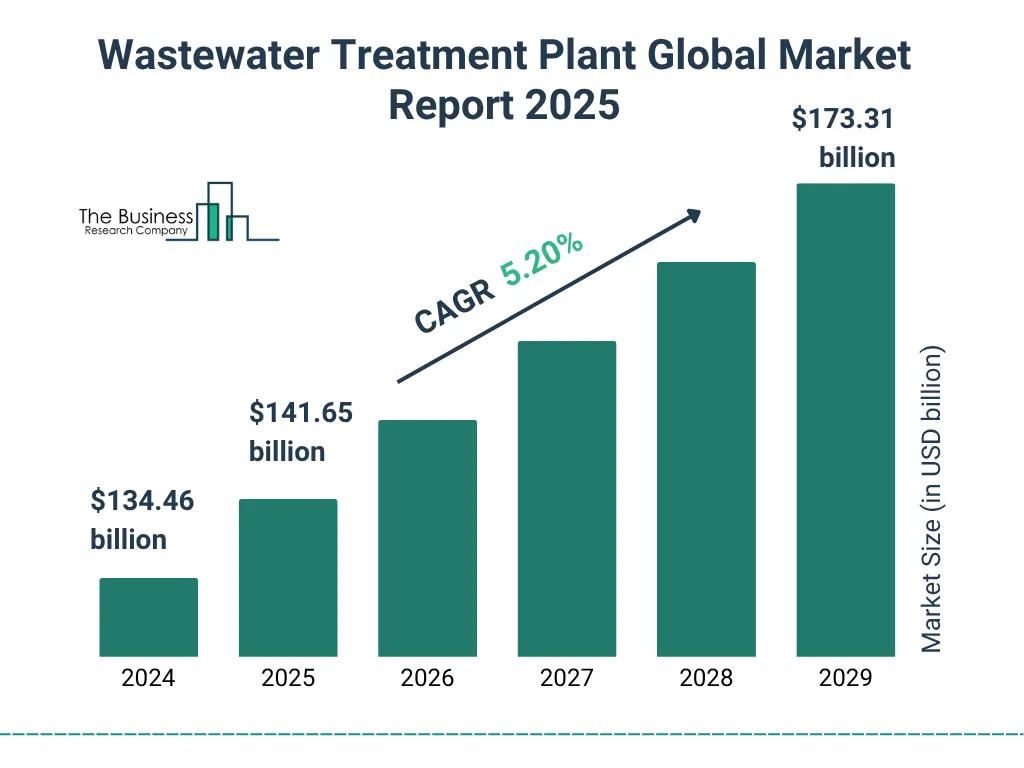In the realm of environmental forecasting and waste management, a significant stride has been made by O. O. Medvedieva of the M. S. Poliakov Institute of Geotechnical Mechanics of the National Academy of Sciences of Ukraine. Her research, published in the journal *Nauka ta progres transportu* (which translates to *Science and Transport Progress*), delves into the critical issue of liquid waste disposal and its impact on groundwater. The study focuses on the development of numerical models to predict the dynamics of pollution in the aeration zone when wastewater infiltrates from sedimentation ponds.
Sedimentation ponds, commonly used for liquid waste disposal, often see wastewater seeping into the aeration zone and eventually reaching groundwater. This process can lead to the formation of chemical contamination areas, posing significant environmental and commercial risks, particularly in the energy sector where groundwater quality is paramount. Medvedieva’s research addresses the need for accurate forecasting when reengineering these ponds, such as increasing the height of dams, which can alter infiltration intensity and, consequently, environmental pollution.
“The aim of our study was to develop numerical models that can assess the dynamics of aeration zone pollution during the infiltration of liquid waste from a sedimentation pond,” Medvedieva explained. By using the Laplace equation for the head to solve the filtration problem and the mass transfer equation to model the convective-dispersive transfer of impurities, Medvedieva and her team have created a robust framework for predicting environmental impacts.
The practical implications of this research are substantial. Energy companies, which often rely on large-scale water usage and disposal systems, can utilize these models to assess the environmental impact of their sedimentation ponds. This proactive approach can help mitigate risks and ensure compliance with environmental regulations, ultimately safeguarding groundwater resources and reducing potential liabilities.
Medvedieva’s models take into account the convective-dispersion process of impurity propagation in the aeration area, providing a comprehensive tool for environmental impact assessment. “Our numerical models can be used to assess the environmental impact of sedimentation ponds used for the accumulation of liquid waste,” she noted. This capability is crucial for the energy sector, where accurate environmental forecasting can inform decision-making and enhance sustainability efforts.
As the energy sector continues to evolve, the need for sophisticated environmental modeling tools becomes increasingly apparent. Medvedieva’s research not only addresses current challenges but also paves the way for future developments in the field. By providing a reliable method for predicting pollution dynamics, her work offers a valuable resource for energy companies seeking to minimize their environmental footprint and maximize operational efficiency.
In an era where environmental responsibility is paramount, Medvedieva’s research stands as a testament to the power of mathematical modeling in addressing real-world challenges. As the energy sector continues to grapple with the complexities of waste management and groundwater protection, her work offers a beacon of innovation and practical application, ensuring that progress is made on both environmental and commercial fronts.

